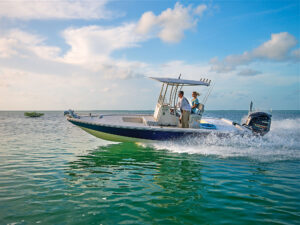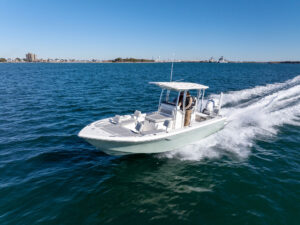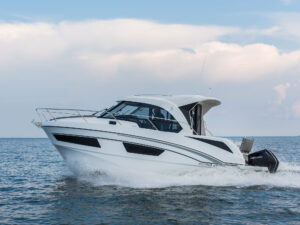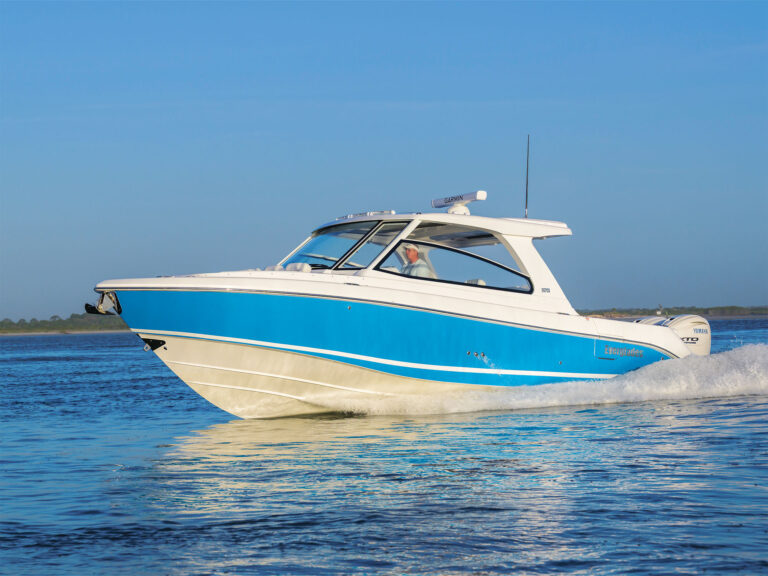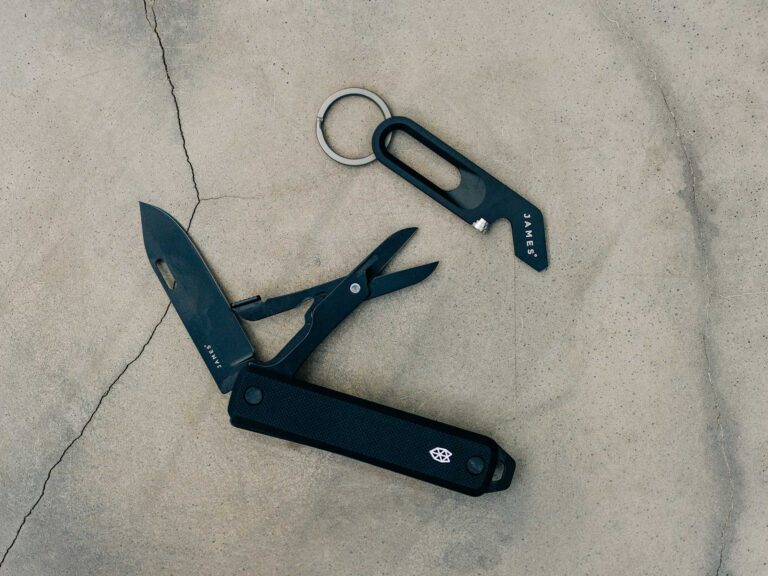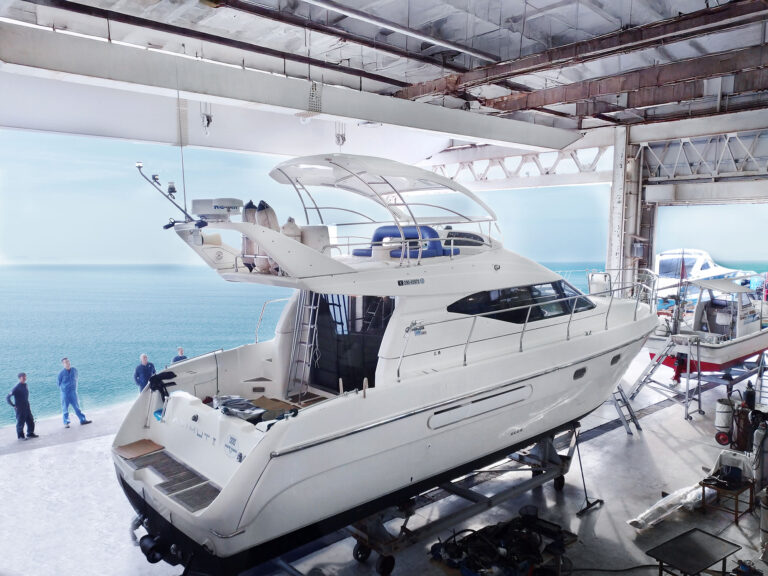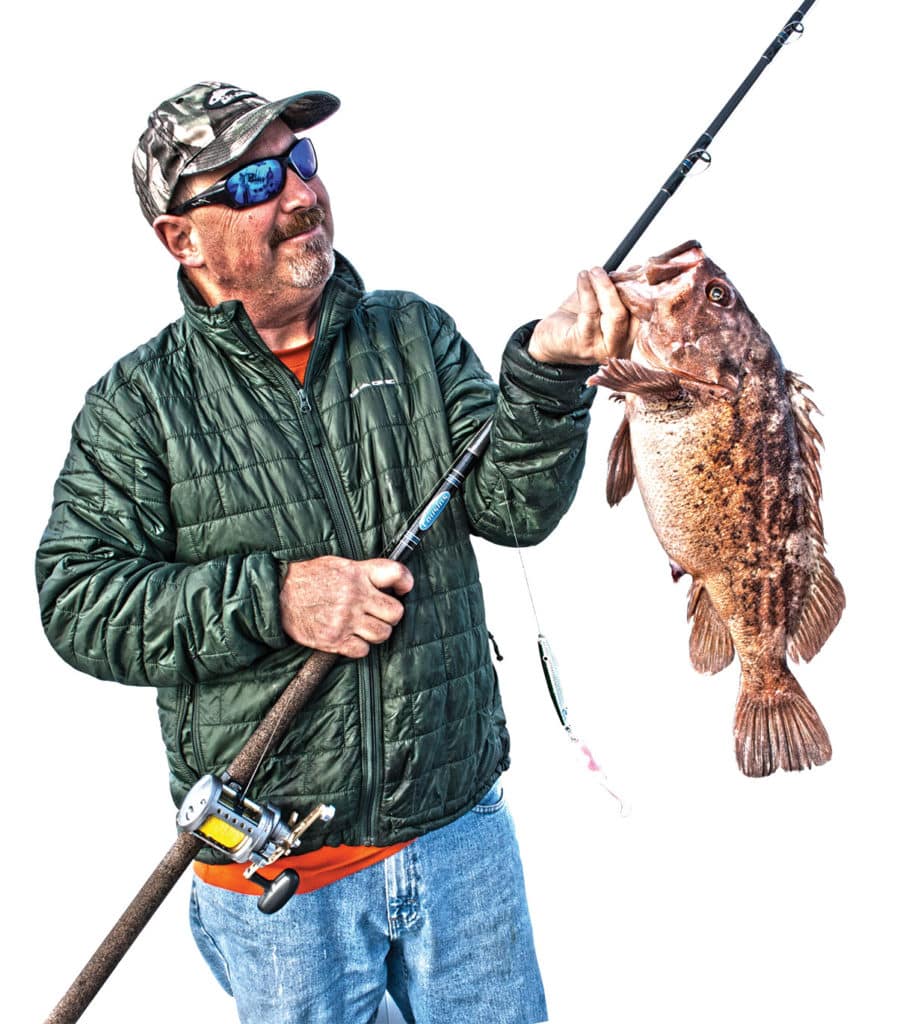
A morning of fishing off the coast of California resulted in a cooler full of tasty bottomfish, including a brown rockfish weighing more than 5 pounds that my buddy Ron Ballanti caught.
Once back at the dock, Ballanti took off for an appointment, so I filleted the fish and served them for dinner that evening. Later, out of curiosity, I checked the International Game Fish Association online database.
That’s when I discovered that I ate a world record.
How could I let this happen? How would I break the news to my buddy?
“Ron, I’ve got good news and bad news,” I started out. “The good news — that rockfish you caught beat the IGFA world record by at least a pound.”
“The bad news?” he asked, listening intently for the other shoe to drop.
“It’s, ah … gone,” I answered. “But it was, ummm, delicious.” My voice trailed off. Bad time to joke around.
Catching a world record, even an obscure one, remains a dream for many of us fish nerds. My buddy’s dream got filleted and fried, and he didn’t even get a taste.
I vowed to not let it happen again on my watch. Perhaps I could make up for the snafu by securing a record in the future. After all, that rockfish hadn’t proved too difficult to catch, and maybe we could get another one big enough to break the record.

“There are a number of ways to catch a world record,” says Jack Vitek, director of world records for the IGFA, the globally recognized sanctioning body for such achievements, based in Dania, Florida. Vitek also directs outreach and education for the nonprofit organization.
The historic association began in 1939 and today is headquartered in an iconic edifice housing a breathtaking main atrium, theater and library inside.
The campus off Highway I-95 even includes its own lake. The IGFA Hall of Fame and Museum is located in the Bass Pro Shops headquarters in Springfield, Missouri.
The IGFA spawned today’s sport-fishing ethics and many of the conservation practices recognized by anglers around the world. A major part of its mission is also certifying catches, maintaining a vast database of record-setting saltwater and freshwater fish, and publishing those records.

“We keep records for all fish species — anything that swims,” Vitek says. The IGFA database includes more than 1,423 species and 8,630 records, which include men’s, women’s, junior (ages 11 to 16) and smallfry (ages 10 and under) divisions, as well as line-class and fly-fishing tippet categories.
The IGFA limits records for line class and fly-tippet to around 190 of the most popular species, which include glory fish such as dolphin, marlin, sailfish, sharks, tarpon, tuna and swordfish, as well as freshwater fish like bass, musky, pike, trout and walleye. All-tackle records (the biggest fish caught on any line class up to 130-pound-test) apply to all species, and that includes less-glamorous species such as the brown rockfish.
While you might spend a lot of time and money chasing a world record, don’t expect any money from the IGFA for achieving your goal. It offers no cash to record holders. Budget concerns aside, that helps keep anglers honest, Vitek says.
“At the end of the day, catching a fish under IGFA rules is largely an honor-based system,” he explains. That helps eliminate any possible monetary motivation to cheat to get one.
Even in the absence of cash prizes, there’s pride and prestige in earning a world-record certificate. I’d be thrilled to have one. But some fishermen take it to a whole other level, including Dr. Martin Arostegui. His name appears beside more than 400 records, including the pinktail chalceus (1 pound) from the Unini River in Brazil; the melanura cichlid (2 pounds) from the North Miami canals in Florida; and the Utah sucker (2 pounds) from Sevenmile Creek, Utah.

Another name that crops up a lot in the record book is Steve Wozniak. He’s not the same Steve Wozniak who founded Apple computers, but rather a contributor to one of Boating‘s sister publications, Sport Fishing magazine. Wozniak’s claim to fame is that he has caught more species of fish — 1,652 — than anyone else.
However, Wozniak also holds more than 150 IGFA all-tackle world records, including such rarities as the redbelly yellowtail fusilier (1 pound, 10 ounces) from the Southern Islands of Thailand; the javelin grunter (4 pounds, 4 ounces) from Queensland, Australia; and the greater jumprock (1 pound, 4 ounces) from the Flint River in Georgia. It seems that competition to land the heaviest greater jumprock is fierce, as Martini Arostegui (Martin Arostegui’s son) tied Wozniak’s record, interestingly on the very same day. I’m sure there’s a great story there.
“It’s not really that difficult to catch a world-record fish,” says Wozniak, who is also an IGFA representative. “But it takes research, time and preparation.
“Before I got into this and knew any better, I probably released at least 100 world records.” At least he didn’t eat them too.
If you want to set a world record, a smart first step is to join the IGFA. A $15 annual e-membership gives you a digital version of the World Record Game Fishes book and quarterly International Angler magazine, and online access to all line- and tippet-class world records. A $40 regular membership gets you hard copies of the book and magazine, as well as online access to world records.
With this data at your fingertips, look for easy targets, which Wozniak calls “doables.” Wozniak looks for fish for which there are no current IGFA all-tackle listings.
A few years ago, for example, he discovered there were no listings for several species of Pacific surfperch, and so he set about catching records for many of these, including black surfperch (1 pound, 4 ounces), redtail surfperch (1 pound, 4 ounces) and rubberlip surfperch (2 pounds, 12 ounces) in his home waters off California.
There’s one caveat. Under IGFA rules, the weight for a new fish must be at least 1 pound and at least one-half the theoretical maximum size for that species in order to qualify for an all-tackle record. Wozniak likes to use fishbase.org to research the theoretical maximum size.
You can also try to beat an existing record. If you live in the Florida Keys, for instance, look up doctorfish. The record is just 1 pound, 4 ounces for this member of the tang family, which inhabits rocky reefs of Atlantic and Gulf waters. You need to beat the old record by at least 2 ounces to replace it.

It’s tougher to find beatable freshwater all-tackle records, but there are a few, such as the northern hog sucker (1 pound, 12 ounces), which ranges throughout the waters of the eastern and southern United States.
There are also vacancies among the line-class and fly-tippet categories, but these can be trickier when it comes to authentication, as the line-breaking strength is a key factor.
“Make sure you use an IGFA-rated line or fly-tippet to help ensure the breaking strength does not exceed the classification,” Vitek advises.
Members can also send in line samples for pretesting by the IGFA for a small fee, Vitek adds.
Anglers intent on pursuing world records should also carefully read the IGFA rules to make sure they don’t inadvertently disqualify a catch. Eligible leader lengths, for example, vary between fresh water and salt water, and between line-class divisions.
One of the major provisions is that only a single angler — the one submitting for a world record — can touch the rod and reel in the process of hooking and playing the fish. Other rules apply to the number, spacing and types of hooks.
Once you land a potential record, you need to have it weighed on a certified scale on shore. “It’s important to have a plan in mind for weighing the fish if you’re pursuing a world record,” Vitek says. The IGFA publishes a list of official weigh stations around the world, most of which are dockside.
But you can also use a scale certified within the last 12 months by a government agency or certification company. The scales you see at a meat or seafood market will work. “The important thing is to know where you are going once you have landed a potential record,” Vitek says.
You can also use a hand-held scale, but it too must be certified. The IGFA will certify hand-held scales up to 100 pounds such as the BogaGrip or Rapala Digital Scale. The IGFA charges a fee for this certification process.
The portability of hand-held scales makes it easier to release smaller fish alive, but the weighing process still needs to take place on land so the reading is not affected by the roll and heave of the water. If you can make your way quickly to shore to get the weight, shoot pictures and take measurements, there’s a good chance to release the fish alive.
Many fishing boats today come with livewells for keeping a catch alive. They work best on hardy species such as redfish and largemouth bass, buying more time to get ashore and weigh the fish.

Preserving the tackle used to catch the fish also represents a crucial step in the application process, Vitek says. “We need the full length of the leader and double line, if any, plus 50 feet of the main line, as well as the hook or lure used to catch the fish,” he adds.
“For fly-fishing records, we need the full length of the tippet.”
These elements must be accompanied by photo documentation of the fish and a completed application (available online) that’s signed, witnessed and notarized, plus the $50 application fee for current members or $80 for nonmembers (which also earns you a one-year IGFA membership).
The IGFA receives approximately 700 world-record submissions each year, and Vitek reveals that only about 5 percent are disqualified. Lines that over-test and issues related to the number and spacing of hooks represent some of the most common reasons for rejecting a world-record application.
Some anglers catch world-record fish even when they’re not pursuing them. There’s no telling when the big one will bite, so using IGFA-rated line and making sure you follow IGFA rules will help ensure your catch qualifies for world-record status.
Above all, if you boat a big one, don’t rush to the fish-cleaning table. Get an official weight, measurements and photographs first. Once you have all the proper documentation, then you can eat a world record.

